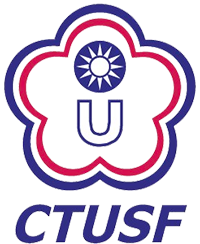Latest Articles
Author:Chen-Te Hsu;Lien-Hsi Lin;Ming-Han Wu;Wu-Hsiung Chen;Tzu-Chun Weng;Yu-Wei Lin
Period/Date/Page:Vol. 26 No. 4 (2024/12),Pp. 397-413
DOI:10.5297/ser.202412_26(4).0006
Predictors for Gold Medal Count of Counties/Cities at the National High School Games From 2013 to 2022
Abstract:The National High School Games (NHSG) is the sports competition with the largest number of participants in Taiwan. Athletes who achieve a ranking within the top eight are eligible for certain college admissions considerations, which leads both counties/cities and schools to place significant emphasis on NHSG outcomes. This study conducted secondary data analysis by collecting data on NHSG medal results from the past ten years and information about the schools of medal-winning athletes, including whether they have sports talent classes. Utilizing the Tobit model, which is employed internationally for predicting Olympic medals, the study analyzes the predictive factors for gold medal counts across different counties and cities, then creates a model for NHSG competition performance prediction. A web crawler using the Python programming language was employed to extract a total of 40,043 records from the 2023 NHSG official website. After associating the acquired data with sports talent classes, the dataset was transformed into individual-level records, resulting in a total of 60,291 entries. The results revealed an upward trend in medal count in eleven counties/cities but a decline in two, while the remainder remained relatively stable. Factors such as the proportion of sports talent classes in the six major metropolitan areas and the previous gold medal count earned by athletes emerged as significant predictors for forecasting the trends in gold medal acquisition. We conclude that a clear connection between the number of gold medals and the overall economic strength of a county/city is established. The data underscores the dynamic nature of athletic performance trends at the local government level. Through the monitoring and analysis of sporting competition models, we can validate the impact of local sports policies and training outcomes. Moreover, this study furnishes substantial data support for shaping future sports policies and making informed decisions regarding resource allocation. (Full text)




